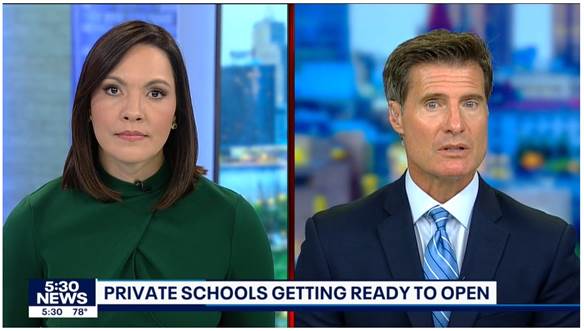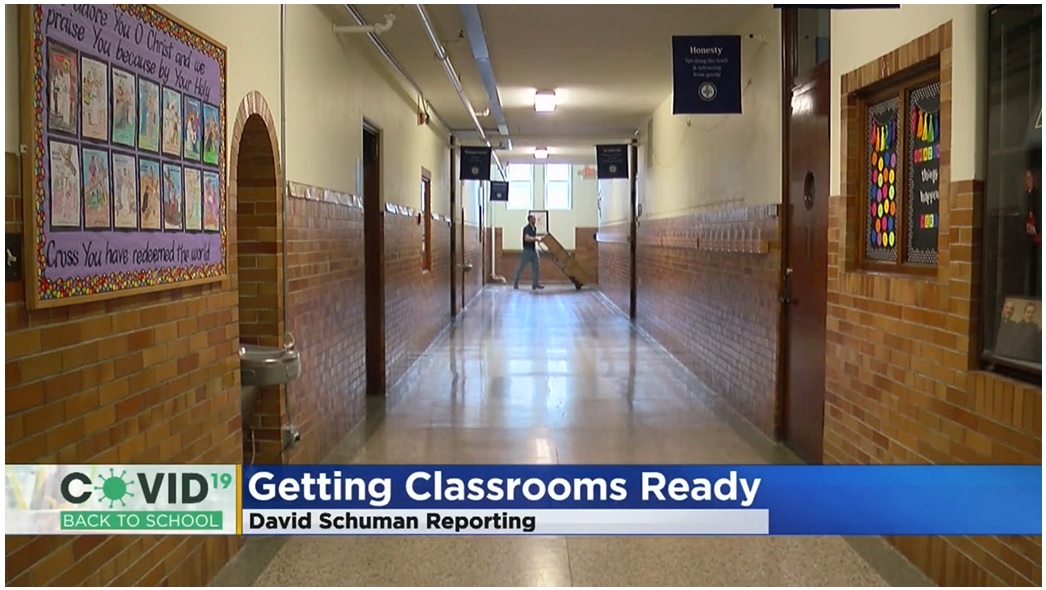Perhaps it is convenient for the teachers’ union to use a word with a negative connotation to label all choice policies, but school choice programs don’t function the same way, and those distinctions matter.
In a recent tweet, Education Minnesota — the state teachers’ union — reminded its audience it wants to keep “vouchers” out of Minnesota. This isn’t the first time the union has opposed education policies that encourage a more decentralized education system and competitive education marketplace — from open enrollment and charter schools to education tax credits and tax-credit scholarships, the union has stood in the way of meaningful education reform for years.
But the union’s characterization of every choice policy as a “voucher” policy is misleading, as every choice program operates differently, with different rules, funding mechanisms, and eligibility requirements.
Given the timing of the tweet, one must assume Education Minnesota’s “voucher” reference is to the recently passed federal tax-credit scholarship provision, which is not a voucher policy at all as it not only operates differently but is funded differently, as well.
The differences
The federal tax-credit scholarship is funded by individual donations. A traditional voucher is funded by the state education dollars already allocated for the child participating in the voucher program. The federal tax-credit scholarship is funded by individual donations to state-approved, federally recognized non-profits called scholarship granting organizations (SGOs), who then distribute the funds through scholarships. It isn’t funded by any state, local, or federal dollars.
The federal tax-credit scholarship can be used by public school students. Because a traditional voucher is primarily used toward tuition at a nonpublic school, students who remain enrolled in a public school do not participate in a voucher program. The federal tax-credit scholarship can be used by eligible students in both public and private school settings.
The federal tax-credit scholarship can be used toward a variety of educational expenses. A traditional voucher is primarily used toward tuition at a nonpublic school. The federal tax-credit scholarship can be used toward a variety of eligible expenses under the existing federal Coverdell Education Savings Accounts, such as tuition at a private school, but also by eligible public school students for fee-based tutoring, academic programs, special education-related services, and test preparation fees, to name a few.
Gov. Tim Walz will need to decide whether to opt Minnesota into this tax-credit scholarship program that will bolster educational choice and educational enrichment for both private and public school students. The teachers’ union would do well to understand the differences between how this program operates and how a voucher program operates. Branding the federal tax-credit scholarship provision as something it is not risks Minnesota not opting in and students paying the price.













